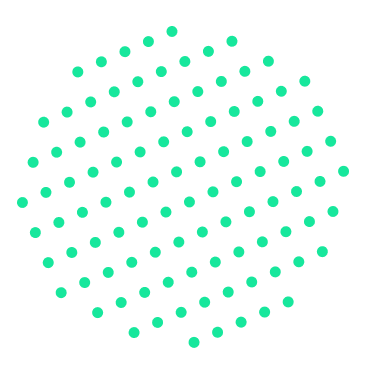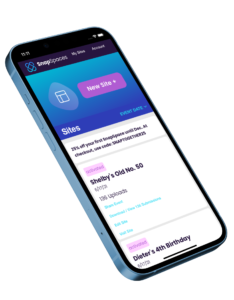

We offer Fractional CTO services and strategic software development for technology-driven startups with rapid growth potential, preparing you for the future with the resources you have now, and growing with you on your journey.
We work alongside your team to improve user experience, design feature segments, or tackle entire projects. Helping you scale by ensuring your product is intuitive, your team is aligned, and your resources are maximized.
Benefit from custom tech without becoming a tech company. We work with established businesses & multi-unit operations to identify places technology can optimize or improve business outcomes. Let us worry about the tech stack, so you can stay focused on your core competencies and customers.
We will consult with you to evaluate your business needs, framing your problems & challenges to identify areas where software solutions may add business value.
We build highly customizable, web and mobile, and automation applications. We specialize in scalable, API-driven web & mobile applications with a focus on usability, as well as custom software solutions and other back-of-house tools.
We will consult with you
to plan & design or review & improve your information architecture and user experience for both upcoming and existing software projects.